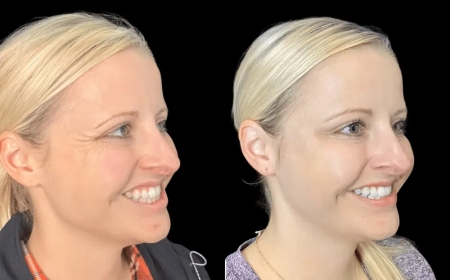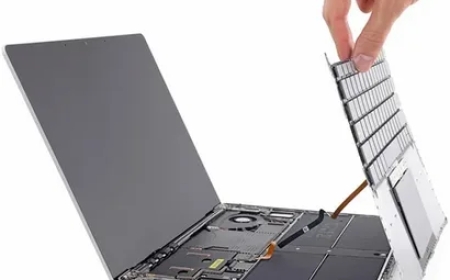Time vs output heatmap across the 3 CAT sections
Preparing for the CAT exam requires more than just knowing the syllabus or solving mock tests. It demands a smart approach to time management and output optimization across the three key sections: VARC (verbal ability and reading comprehension), DILR (data interpretation and logical reasoning), and QA (quantitative aptitude). As a student aiming to crack CAT, understanding how your time investment translates to output in each section can be a game changer. This is where the concept of a time vs output heatmap becomes essential.
Before diving into strategies, ensure you are up to date with the CAT exam date, have filled out the CAT application form, and are well aware of the CAT exam syllabus and CAT exam pattern.
Understanding the concept of a heatmap
A time vs output heatmap is essentially a visual or analytical representation that maps the time spent on different question types or sets against the returns you get in terms of accuracy and marks. The objective is to identify which sections or question types yield the highest return per minute invested.
Section-wise breakdown
1. VARC (verbal ability and reading comprehension)
- Reading comprehension: Most students spend around 6070% of their VARC time here. The output heatmap often shows diminishing returns after 1012 minutes per passage. Focus on 23 high-yield passages.
- Verbal ability: Parajumbles and odd-one-out questions take less time and, if practiced well, can give a high ROI. Allocate specific 15-minute blocks to this part to maximize output.
Time tip: Spend the first 23 minutes scanning all passages to identify easier ones. Avoid stubbornly clinging to one passage that drains time with little clarity.
2. DILR (data interpretation and logical reasoning)
- Set selection is key: DILR often has a few easy-to-moderate sets hidden among tougher ones. Your output is highest when you crack 23 right sets completely rather than attempting all halfway.
- Output heatmap insight: Time spent beyond 1214 minutes on a single set often doesnt yield proportional returns. Drop the set if stuck beyond 10 minutes.
Time tip: Spend 34 minutes initially skimming all 4 sets and shortlisting the ones with a clear entry point.
3. QA (quantitative aptitude)
- Scattered questions, focused effort: Unlike DILR, QA doesnt have sets but individual questions. Accuracy and speed both matter.
- Heatmap reality: Your first 15 minutes often yield the highest output as you knock off the sitters. The marginal gain per minute drops after 30 minutes if you're not selective.
Time tip: Do a quick scan in the first 3 minutes to pick out sitters. Mark moderately tough ones for the second round.
Creating your personal heatmap
- Track accuracy vs time: After each mock test, note the time spent per question/set and your accuracy.
- Color coding: Use a basic spreadsheet to color code high-yield zones (green), moderate (yellow), and time-wasting (red).
- Refine strategy: Use insights to create a fixed order of attempt or adjust time blocks for each section.
Conclusion
The CAT exam is as much about time economics as it is about aptitude. By developing a time vs output heatmap tailored to your strengths and weaknesses, you can make strategic decisions during the exam. This not only boosts your score but also enhances confidence and clarity under pressure. Treat every minute as an investment, and aim for the highest possible return across all three sections. Make sure your preparation aligns with the latest CAT exam syllabus and follows the official CAT exam pattern for the best results.

































